Sponsors:
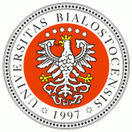
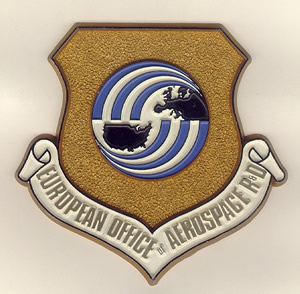

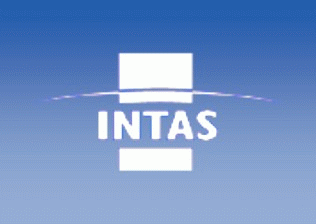 |
|
Organized by
the Institute of Experimental Physics, University of Bialystok
Ashwani Vij, USA
Spectroscopy - structure correlation in modern materials: an aid when things sound too good to be true!
Ashwani Vij1, Joseph Mabry1, Jerry Boatz1, Wade Grabow1, Scott Iacono1, Vandana Vij2, Tim Haddad2 & Sherly Largo2 1Air Force Research Laboratory/PRSP, 10 E. Saturn Blvd., Edwards, CA 93524, USA 2ERC Inc.,10 E. Saturn Blvd., Edwards, CA 93524, USA
-
As always, scientists are always pushing the envelope for making novel “modern” materials. The supporting evidence for these scientific break-throughs is generally answered by spectroscopy. In the field of chemistry, a combination of various spectroscopic techniques such as multinuclear NMR, IR, Raman, mass spectroscopy etc. provide invaluable tools in determining the boundary between myths and realities. For example, the use of vibrational and NMR spectroscopy proved the existence of exotic species such as the N5+ cation, which was further substantiated by x-ray crystallography. In the case of the attempted synthesis of N3+, structure elucidation based on IR spectroscopy was ultimately negated by elucidating the true chemical species using x-ray. Use of mass spectroscopy proved, beyond any doubt, the existence of the elusive pentazole (N5_) anion. However, doubts still exist about its characterization in solution using 15N NMR spectroscopy. The talk will also cover the use of 29Si and 119Sn NMR spectroscopy in conjunction with 1H and 13C NMR spectroscopy to elucidate the structures of exotic silicon and tin compounds. The use of spectroscopy and single crystal x-ray diffraction studies of some other “modern” materials will also be presented.
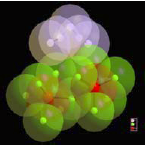 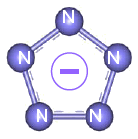 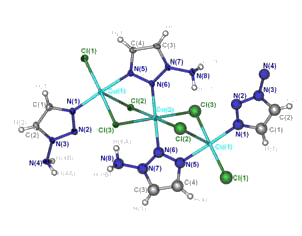
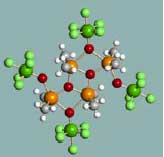 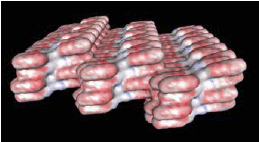 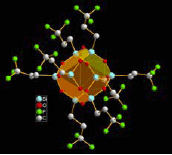
Distribution A: Approved for public release, distribution unlimited
|
|
|